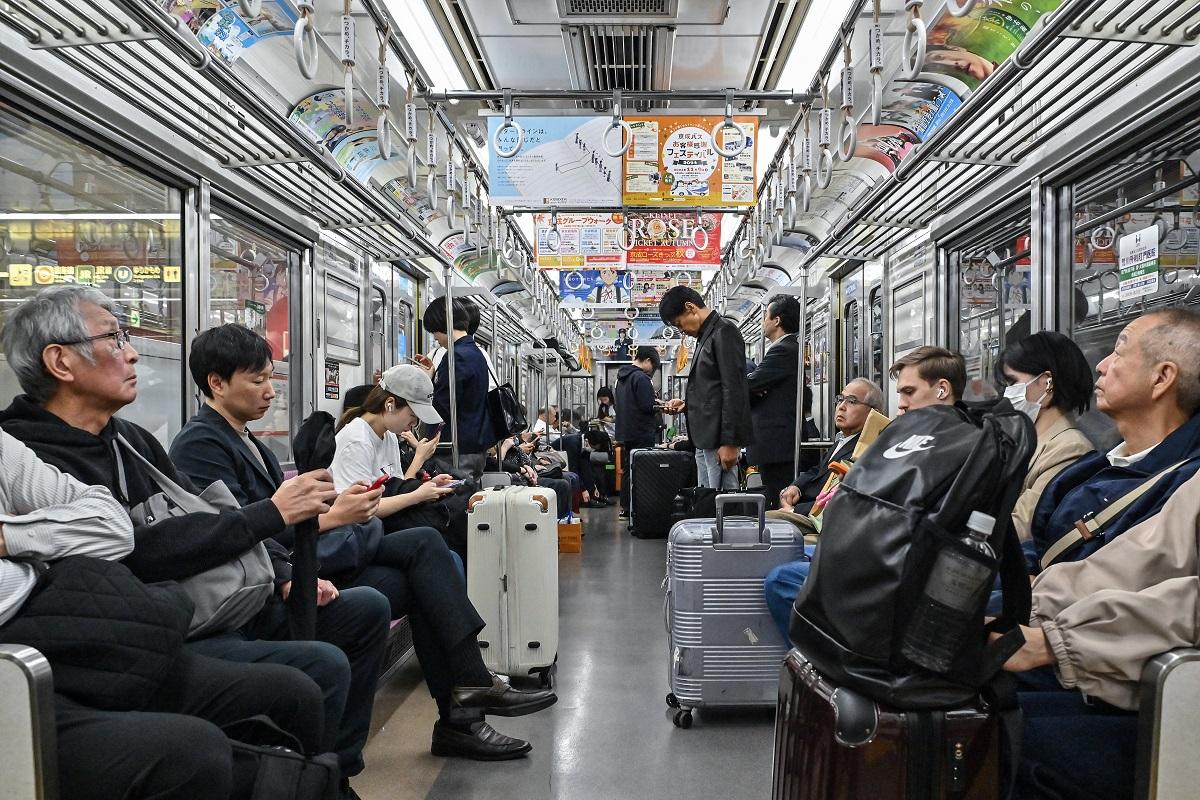Tokyo Metro: Asia’s oldest subway goes public

TOKYO — Every day six and a half million people ride Tokyo Metro's nine lines, part of a dizzyingly complex transport network serving the Japanese megacity and its sprawling suburbs.
Starting Wednesday, Tokyo Metro stock will be traded in Japan's biggest initial public offering (IPO) in six years.
It is expected to raise more than $2 billion to pay off government debts dating from the massive 2011 earthquake and tsunami.
Here are some facts about the company and its listing:
Asia's first subway
London built the first public underground railway, but in 1927 Tokyo became the first Asian city with a subway thanks to a 2.2-kilometer (1.4-mile) track from Ueno to Asakusa.
The trains ran every three minutes on what is now part of Tokyo Metro's modern-day Ginza Line but were crowded with passengers who previously overran the city's trams.
Having slowed during and after World War II, construction of public transport picked up pace as Japan rebuilt itself into a major economic power.
The company Tokyo Metro was incorporated in 2004, adopting its heart-shaped "M" logo in place of the network's previous one: a spiky, space-age "S" for subway.
Complex map
Tokyo Metro's nine lines—named Ginza, Marunouchi, Hibiya, Tozai, Chiyoda, Yurakucho, Hanzomon, Namboku and Fukutoshin—stretch for a total of 195 kilometers (120 miles).
The spotless and punctual air-conditioned trains form only one part of a vast underground and overground rail system serving Greater Tokyo, often cited as the world's biggest urban area.
All but two of the nine Tokyo Metro routes connect to other train lines, allowing direct access to the capital for commuters in farther flung areas.
Four other subway lines are run separately by the Tokyo government, alongside private services and East Japan Railway's overground routes like the Yamanote Line, whose green trains carry millions in a loop around the city.
Unique jingles are played at each Tokyo Metro station when a train is at the platform.
For example, at Ginza Station, the Marunouchi line's tunes are called "Tomorrow's Door" and "The March of a Little Bird."
IPO
Wednesday's IPO will be Japan's largest since 2018, when tech and telecoms conglomerate SoftBank Group raised a national record of $23.5 billion by listing its mobile unit.
Currently the national government owns just over half of Tokyo Metro shares and the Tokyo city government owns the rest, with plans to reduce total government ownership to around 50 percent.
The funds raised will be used to repay bonds issued to finance the reconstruction of northeastern Japan after the 2011 earthquake, tsunami and nuclear disaster.
Market movements
There has reportedly been strong demand from investors, and Tokyo Metro says those who own 200 shares or more will receive some free tickets to its museum and golf range, as well as free tempura toppings at its noodle stands.
The "low volatility" of a firm like Tokyo Metro makes their shares a safe investment prospect for Japanese households, said Hideaki Miyajima, a professor in commerce at Waseda University.
"And for institutional investors, the Japanese market is very favorable given the very low exchange rate" of the yen and recent corporate governance reforms, he told AFP.
Going underground
In earthquake-prone Japan, Tokyo Metro trains are set up to stop just before a powerful jolt hits, using real-time seismic data from monitoring stations.
Climate change is also bringing more frequent and intense flooding to the capital, with some Tokyo subway stations inundated in August by torrential rain.
Also buried beneath the Greater Tokyo area is the world's largest flood tank, a cavernous subterranean reservoir built to protect the metropolis from storms and typhoons. — AFP




